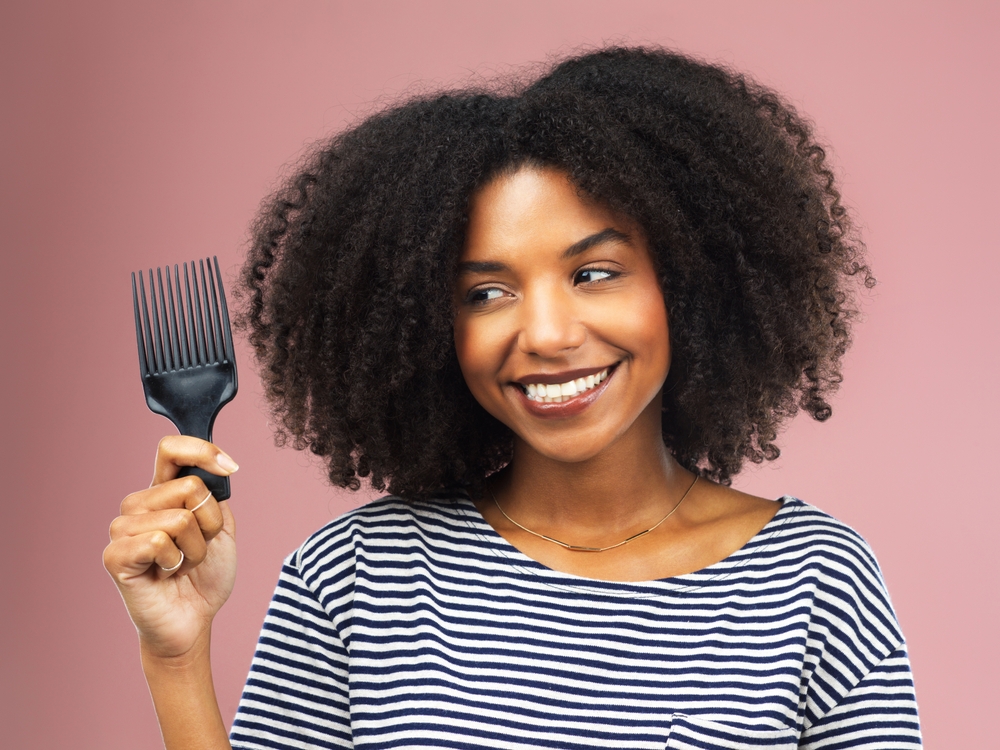Hair loss and thinning are more common than you might think. More than 50% of women will experience noticeable hair loss in their lifetime, according to the Cleveland Clinic. With that in mind, it’s not uncommon to be curious about the latest innovations in hair loss treatments.
What is red light therapy?
Red light therapy (RLT) is a painless treatment that uses the visible wavelength of light in the red spectrum. For hair growth, the light, usually around 630 nanometers, penetrates deep into the skin to stimulate hair follicles and encourage growth. This process, known as photobiomodulation, induces cell proliferation and enhances stem cell differentiation.
Can red light therapy help with hair loss?
Red light therapy is a tested and proven way to promote hair growth. However, the effectiveness of the treatment depends on the underlying cause of hair loss. Conditions like seborrheic dermatitis, which causes inflammation and hair loss, can benefit from red light therapy as it helps reduce inflammation and allows hair roots to function better. For women with pattern hair loss, red and blue light therapy can prolong the growth phase of hair, resulting in more hairs growing.
It’s important to note that if hair loss started many years ago and the scalp is shiny, the follicles may be too small for new growth. The ideal candidate is someone who is beginning to lose their hair or experiencing hair thinning.
What are the side effects of red light therapy?
While there aren’t many downsides to using red light therapy for hair growth, overuse can lead to side effects. The light-emitting diodes (LEDs) used in the therapy can cause heat reactions, thinning of fat on the scalp, and a stinging sensation if overused.
Tips for managing hair loss
- Reduce stress: Reducing stress can increase the possibility of hair regrowth. Finding new coping mechanisms can give your hair time to recover.
- Try different supplements: While a nutritious diet supports healthy hair, supplements like collagen can be helpful if you don’t get enough from your diet.
- Get a full blood panel done: An underlying health condition, such as an iron deficiency or thyroid problem, can cause hair loss. Bloodwork can help identify and address these issues.
- Pay attention to your styling habits: Tight ponytails, braids, buns, and hair extensions can lead to hair loss due to irritation or traction. Eliminating these styles can help.
Overall, patience is key. It takes about three to four months for baby hairs to grow and six to 12 months to see a significant difference. Some people use red light therapy daily for six months and then reduce it to a maintenance level of three times a week, depending on their specific condition and progress.





